Home>Home Maintenance>How Far Away To Site Dry Creek Drainage From The House


Home Maintenance
How Far Away To Site Dry Creek Drainage From The House
Modified: March 7, 2024
Discover the ideal distance to site the Dry Creek Drainage from your house for efficient home maintenance. Follow our expert guidance on home-maintenance.
(Many of the links in this article redirect to a specific reviewed product. Your purchase of these products through affiliate links helps to generate commission for Storables.com, at no extra cost. Learn more)
Introduction
When it comes to maintaining your home, one area that should not be overlooked is the drainage system. Proper drainage is essential for preventing water damage, foundation issues, and other potential problems. One key aspect of maintaining good drainage is ensuring that the dry creek drainage system is sited at an appropriate distance from the house.
In this article, we will explore how far away the dry creek drainage system should be sited from the house. We’ll discuss the factors that need to be considered, local building codes and regulations, the importance of the drainage pathway, and potential issues that may arise if the drainage system is not properly sited. By understanding these factors, you’ll be better equipped to make informed decisions and protect your home from water-related damage.
Key Takeaways:
- Properly siting a dry creek drainage system is crucial for protecting your home from water damage and maintaining effective water management.
- Factors such as local building codes, proximity to the house, and understanding drainage pathways are essential for determining the appropriate distance for siting a dry creek drainage system.
Read more: How To Grade Drainage Away From The House
Factors to Consider
When determining how far away to site the dry creek drainage system from your house, there are several important factors to consider. These factors include local building codes and regulations, the proximity of the drainage system to the house, and the natural pathways of water runoff.
Local Building Codes and Regulations: Before beginning any construction or modification to your property, it’s crucial to familiarize yourself with the local building codes and regulations. Different municipalities may have specific requirements regarding setback distances and drainage systems. Make sure to check with your local authorities to ensure compliance with these regulations.
Proximity to the House: Ideally, the dry creek drainage system should be sited at a sufficient distance from the house to prevent water from flowing towards it during heavy rainfall or snowmelts. This distance will depend on the topography and slope of your property. It’s important to consult with a professional or an experienced contractor to determine the appropriate distance for your specific situation.
Drainage Pathways: Understanding the natural pathways of water runoff is essential for effective drainage. Take note of the direction and flow of water during rainstorms. By observing these patterns, you can design the dry creek drainage system to divert water away from your house and towards more suitable locations, such as a nearby storm drain or a designated drainage area.
Soil Type and Absorption Capacity: The type of soil on your property can also influence the distance at which the dry creek drainage system should be sited. Soils with high absorption capacity, like sandy or loamy soils, may require a shorter distance between the drainage system and the house. On the other hand, soils with poor drainage, such as clay soils, may necessitate a greater distance to ensure proper water dispersal.
Landscaping and Vegetation: Consider any existing landscaping features or vegetation that may impact the drainage system. Trees, shrubs, or other plants with extensive root systems can potentially obstruct the flow of water or damage the drainage structures. It’s essential to plan the siting of the drainage system accordingly, taking into account the existing landscape and future growth of vegetation.
By carefully considering these factors, you can make informed decisions regarding the placement and design of your dry creek drainage system. Taking the time to assess these variables will contribute to an effective and efficient drainage solution that protects your home from potential water damage.
Local Building Codes and Regulations
When planning the siting of your dry creek drainage system, it is crucial to familiarize yourself with the local building codes and regulations governing the construction of drainage systems in your area. These regulations are set in place to ensure that the drainage system is designed and installed correctly, promoting effective water management and minimizing potential risks.
Building codes and regulations vary from one jurisdiction to another, so it is important to consult with your local authorities or building department to determine the specific requirements for your location. Some common aspects that may be regulated include setback distances, system design, and materials to be used.
Setback Distances: Setback distances refer to the minimum distance that the dry creek drainage system must be sited from various structures, such as buildings or property lines. These distances are established to ensure that the drainage system does not pose a risk to the structural integrity of buildings or cause any conflicts with neighboring properties. The specific setback requirements can vary depending on the jurisdiction and the type of structure involved.
System Design: Building codes may outline specific design requirements for the dry creek drainage system. These requirements may include the dimensions and capacity of the system, the materials to be used, and any additional features, such as check dams or sediment traps, to enhance its functionality. Adhering to these design guidelines is crucial to ensure that the drainage system effectively manages water runoff and prevents erosion.
Materials and Installation: Building codes may specify the type of materials that are approved for use in the construction of the dry creek drainage system. The use of high-quality, durable materials ensures the longevity and effectiveness of the system. Additionally, the codes may provide guidelines for the proper installation techniques and procedures to be followed, ensuring that the system is properly constructed and functional.
Non-compliance with local building codes and regulations can result in consequences, such as being required to modify or remove the drainage system at your own expense or facing legal penalties. It is essential to consult with professionals and obtain any necessary permits before commencing with the construction or modification of your dry creek drainage system.
By understanding and adhering to the local building codes and regulations, you can ensure that your dry creek drainage system is constructed in compliance with the necessary standards. This will not only help protect your property from potential damage but also contribute to the overall safety and stability of your home and surrounding environment.
Proximity to the House
The proper siting of the dry creek drainage system in relation to your house is crucial for effective water management and to prevent potential damage. The proximity of the drainage system to the house plays a significant role in determining how well it functions in diverting water away from your property.
While there is no one-size-fits-all answer to how far away the dry creek drainage system should be from the house, several factors should be considered when determining the appropriate distance:
- Topography and Slope: The topography and slope of your property influence how water flows during rainfall. If your property has a steep slope, it may require a longer distance between the drainage system and the house to ensure that water is properly diverted and does not accumulate near the foundation.
- Foundation Vulnerability: The proximity of the drainage system to the foundation of your house is critical. Excessive water near the foundation can lead to seepage, soil erosion, and potential damage to the structural integrity of the building. It is essential to maintain an adequate distance to prevent water from pooling around the foundation.
- Water Volume and Intensity: Consider the average annual rainfall and the intensity of rainstorms in your area. Areas with high rainfall or frequent heavy storms may require the drainage system to be sited at a greater distance to handle larger water volumes and prevent flooding or water damage to the house.
- Surface Runoff: Evaluate how water flows on the surface of your property. Observe where water tends to accumulate or flow towards during rainstorms. The dry creek drainage system should be strategically placed to intercept and redirect this surface runoff away from the house to prevent water infiltration and potential damage.
- Improper Grading: Poorly graded landscapes can contribute to water accumulation near the house. If your property has inadequate grading or if water tends to pool in certain areas, adjustments to the grading may be necessary to improve water drainage. In such cases, the drainage system should be sited at a sufficient distance to allow for the necessary grading modifications.
It is important to consult with a professional or an experienced contractor who can assess the specific conditions of your property and provide guidance on the appropriate distance for siting the dry creek drainage system. They will consider these factors, as well as any unique characteristics of your property, to ensure optimal function and protection against water-related issues.
Remember that the primary goal of siting the dry creek drainage system is to keep water away from the house and prevent any potential damage to the foundation or structure. By carefully considering the factors mentioned above, you can make informed decisions and create an effective drainage system that promotes the protection and longevity of your home.
It is recommended to site a dry creek drainage at least 10 feet away from the house to prevent water damage and flooding. This distance will help to ensure that water is directed away from the foundation of the house.
Drainage Pathways
Understanding the natural pathways of water runoff on your property is essential when siting a dry creek drainage system. By identifying and utilizing these pathways, you can effectively divert water away from your house and prevent potential water-related issues.
Here are some key considerations when determining the drainage pathways for your dry creek system:
- Observation and Analysis: Start by observing how water flows during rainstorms or snowmelts on your property. Look for areas where water tends to accumulate or flow towards. These natural patterns will help you identify the main drainage pathways and guide the placement of your dry creek system.
- Slope and Grading: The slope and grading of your property play a significant role in determining the direction of water flow. Water naturally follows the path of least resistance, typically flowing downhill. Take note of any natural slopes or changes in elevation that can guide the direction of the drainage system.
- Diverting Water Away from the House: Ensure that the drainage system is designed to divert water away from your house and towards a more suitable outlet, such as a nearby storm drain or a designated drainage area. Avoid directing water towards neighboring properties to prevent any conflicts or potential damage.
- Obstacles and Landscape Features: Take into account any existing obstacles or landscape features that may impact the drainage pathways. Trees, large rocks, or other physical barriers can obstruct the flow of water and affect the effectiveness of the drainage system. It may be necessary to adjust the pathways or incorporate features, such as catch basins or culverts, to ensure unobstructed water flow.
- Erosion Control: Address any areas on your property prone to erosion by incorporating erosion control measures. These may include placing rocks, mulch, or vegetation strategically along the drainage pathways to slow down water flow and prevent soil erosion. Proper erosion control will help maintain the stability of the drainage system and protect your property.
- Maintenance and Monitoring: Regularly inspect and maintain your dry creek drainage system to ensure its effectiveness. Clear any debris that may accumulate along the pathways, and monitor for any signs of blockage or damage. By keeping the pathways clear and functional, you can ensure the efficient diversion of water away from your house.
By understanding the drainage pathways on your property and strategically siting your dry creek drainage system, you can effectively manage water runoff and reduce the risk of water-related issues. Remember to consider the natural flow of water, slope, potential obstacles, and erosion control measures to design a functional and durable drainage system that protects your property and promotes proper water management.
Read more: How To Create Drainage Away From The House
Potential Issues and Solutions
While siting a dry creek drainage system can greatly benefit your home’s drainage and prevent water damage, there are several potential issues that can arise if the system is not properly planned and implemented. Understanding these issues and knowing the appropriate solutions is crucial for maintaining an effective and functional drainage system.
Insufficient Distance from the House: If the dry creek drainage system is situated too close to the house, there is a risk of water pooling near the foundation. This can lead to seepage, basement flooding, and even structural damage. The solution to this issue is to ensure an adequate distance between the drainage system and the house, allowing water to flow away from the foundation.
Inadequate Capacity: If the dry creek drainage system is not designed to handle the volume of water runoff on your property, it may become overwhelmed during heavy rainstorms, leading to water accumulation and potential flooding. To address this issue, the system should be sized appropriately, taking into account the anticipated amount of water and the slope of your property.
Improper Grading: Poor grading on your property can impede the proper flow of water and affect the effectiveness of the drainage system. If the land is not properly graded, water may not be adequately diverted towards the dry creek, resulting in water pooling in undesirable areas. The solution to this issue is to re-grade the land to ensure water flows towards the designated drainage pathways.
Vegetation and Debris Blockage: Over time, vegetation, leaves, and debris can accumulate within the dry creek drainage system, obstructing water flow and reducing its effectiveness. Regular maintenance and clearing of vegetation and debris are essential to keep the drainage system clear and functional. This can be achieved through periodic inspections and clearing of any blockages.
Inadequate Erosion Control: Without proper erosion control measures, the flow of water within the dry creek pathways can cause excessive erosion, leading to instability and potential damage. Incorporating erosion control methods, such as strategically placed rocks or vegetation, can help slow down water flow and prevent soil erosion. Regular monitoring and maintenance of erosion control measures are necessary to ensure their effectiveness.
Lack of Professional Guidance: Without the proper expertise and guidance, it can be challenging to design and implement an effective dry creek drainage system. Consulting with a professional or experienced contractor can help ensure that the system is properly planned, constructed, and maintained. They can assess the specific conditions of your property and provide tailored solutions for your drainage needs.
By being aware of these potential issues and implementing the appropriate solutions, you can address common challenges associated with dry creek drainage systems. This will help maintain an efficient and functional system that effectively manages water runoff and protects your home from potential water-related damage.
Conclusion
Proper siting of the dry creek drainage system in relation to your house is crucial for maintaining effective water management and protecting your home from potential water damage. When determining how far away to site the drainage system from your house, it is important to consider factors such as local building codes and regulations, proximity to the house, drainage pathways, and potential issues that may arise.
By familiarizing yourself with the local building codes and regulations, you can ensure that your dry creek drainage system is constructed in compliance with the necessary standards. This will not only help protect your property but also contribute to the overall safety and stability of your home and surrounding environment.
The proximity of the drainage system to the house should be determined by factors such as the topography and slope of your property, vulnerability of the foundation, volume and intensity of rainfall, surface runoff patterns, and the need for proper grading. Consulting with professionals or experienced contractors will help you determine the appropriate distance based on the specific conditions of your property.
Understanding the drainage pathways on your property and designing the dry creek drainage system to divert water away from the house is crucial. By observing natural patterns of water flow, considering the slope and grading, and accounting for any obstacles or vegetation, you can create an effective drainage system that ensures proper water dispersal.
It is also important to be aware of potential issues that can arise with the drainage system, such as insufficient distance from the house, inadequate capacity, grading problems, blockage from vegetation and debris, lack of erosion control, and the need for professional guidance. By addressing these issues through proper planning, regular maintenance, and seeking expert advice when needed, you can maintain a functional and efficient drainage system.
In conclusion, the siting of a dry creek drainage system is a critical aspect of home maintenance. By considering relevant factors, adhering to local building codes, and implementing proper design and maintenance practices, you can protect your home and ensure effective water management. With a well-planned and properly implemented drainage system, you can mitigate the risks associated with water damage, safeguard your property, and maintain a safe and stable living environment.
Frequently Asked Questions about How Far Away To Site Dry Creek Drainage From The House
Was this page helpful?
At Storables.com, we guarantee accurate and reliable information. Our content, validated by Expert Board Contributors, is crafted following stringent Editorial Policies. We're committed to providing you with well-researched, expert-backed insights for all your informational needs.
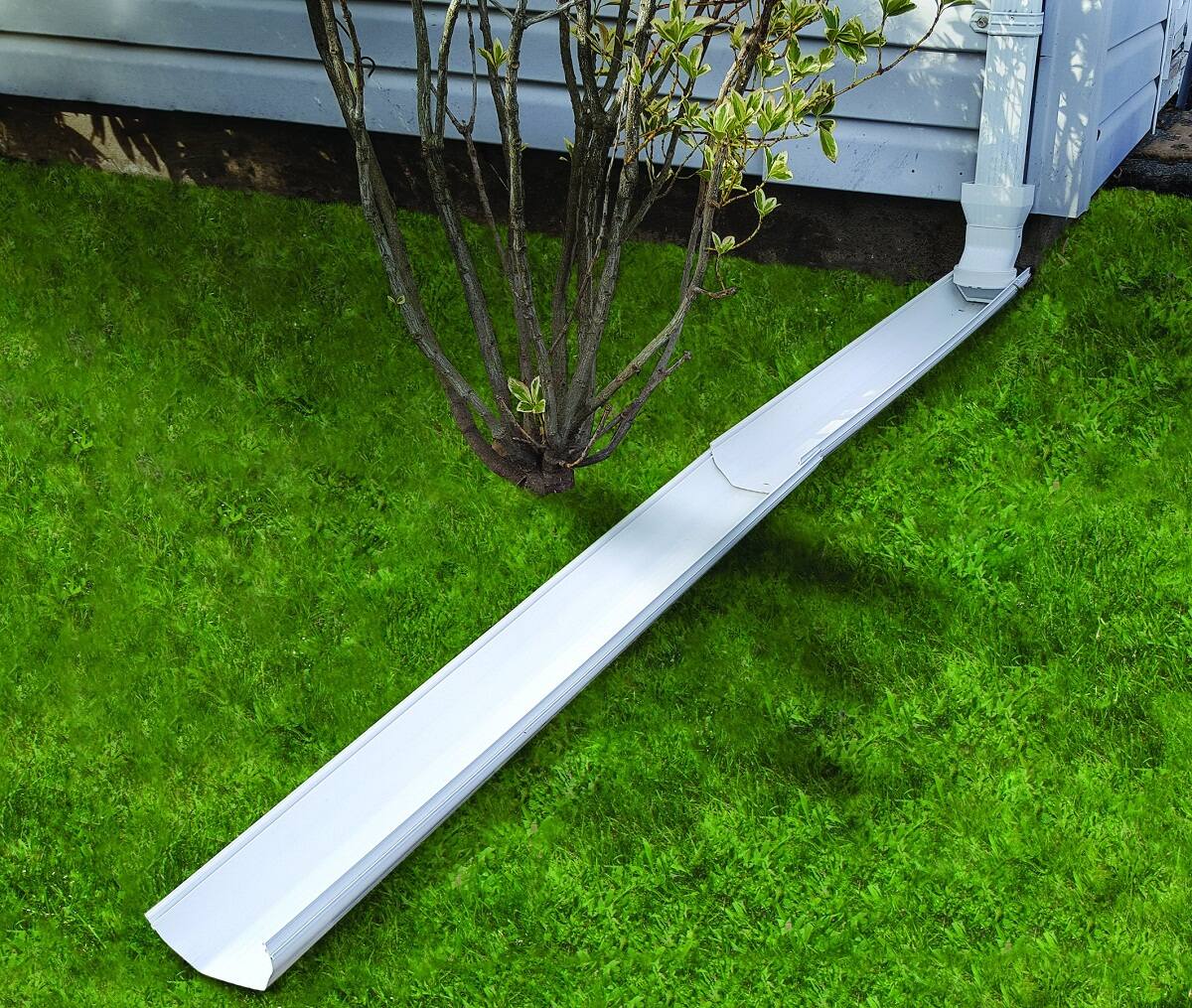
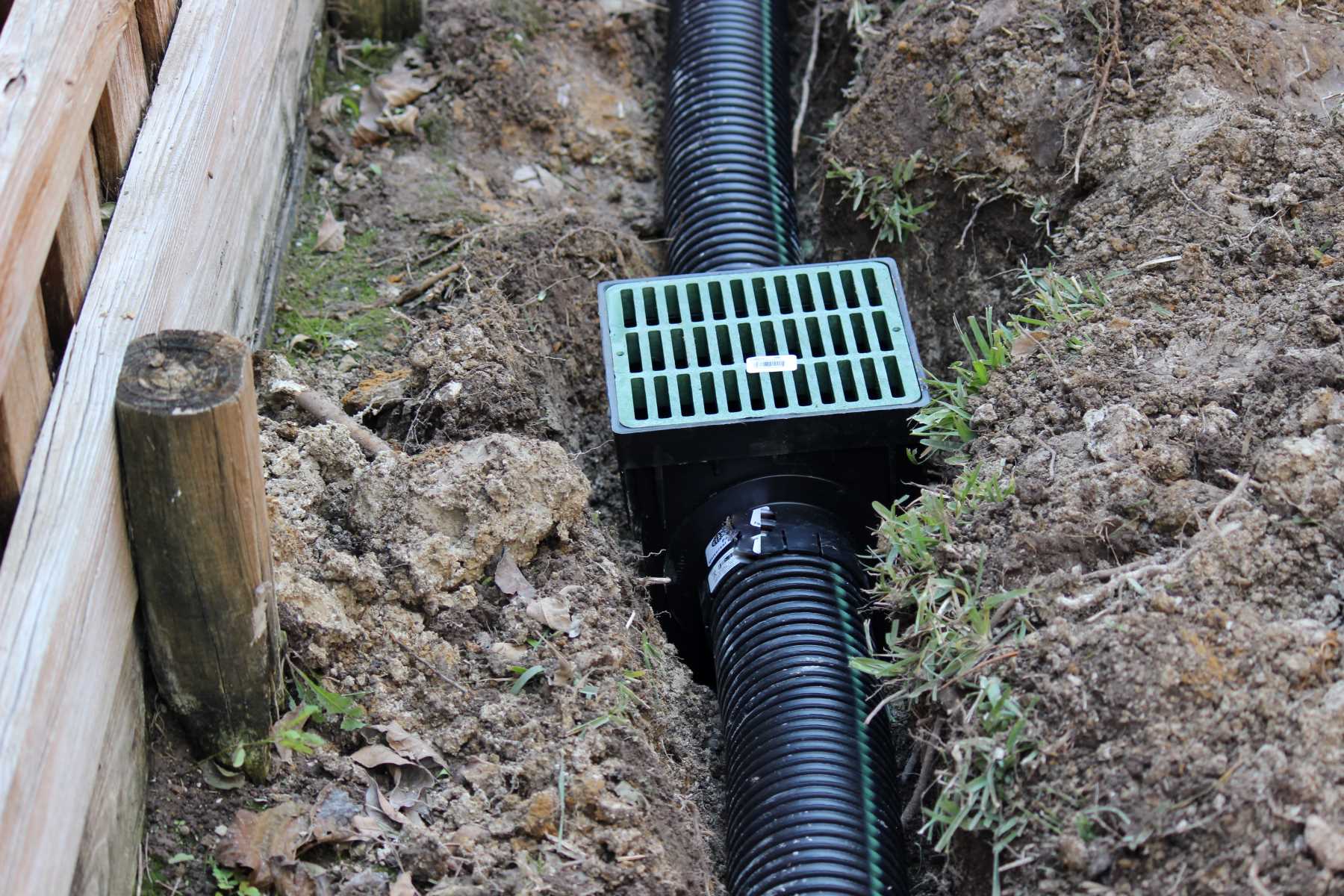
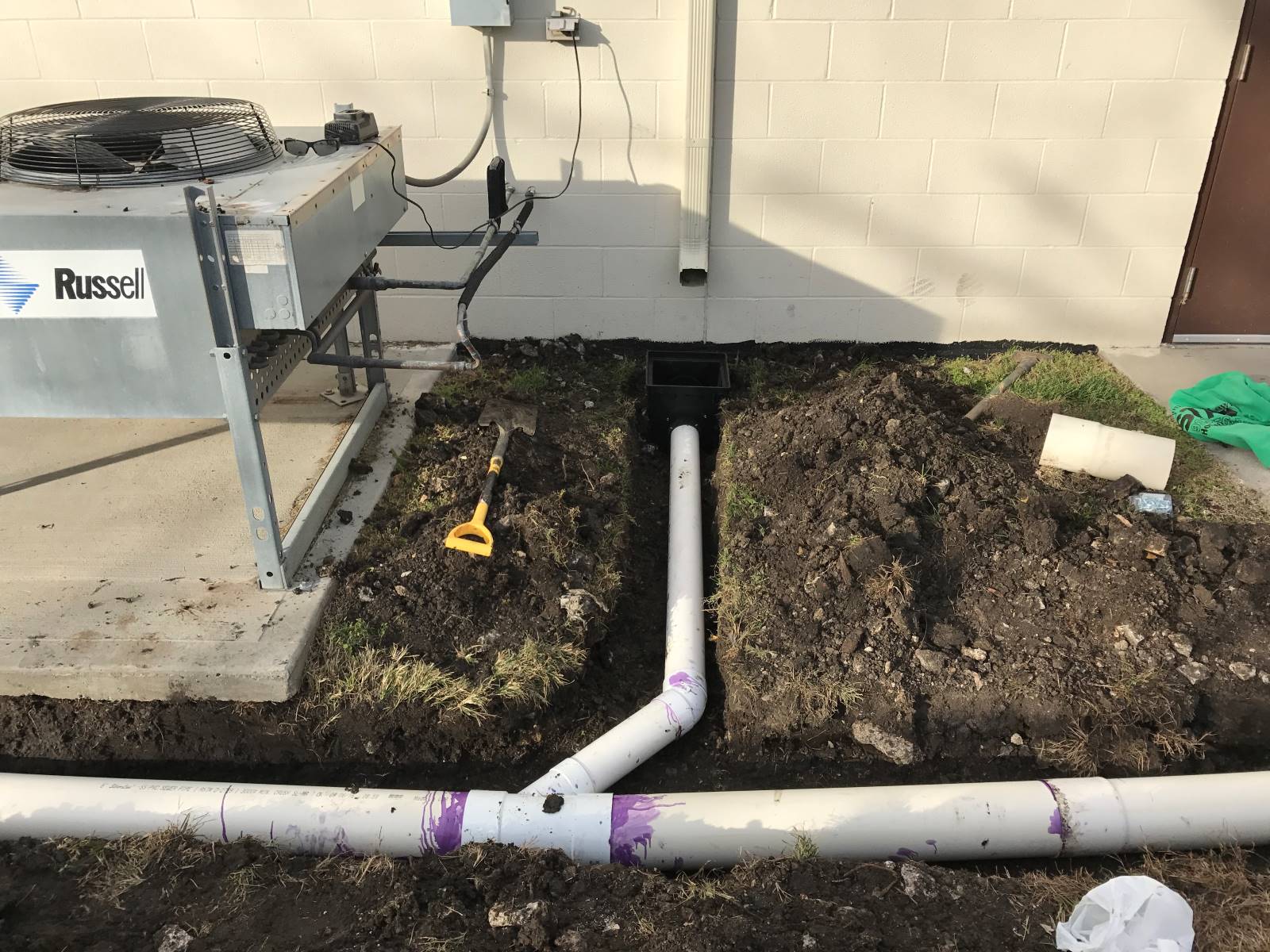
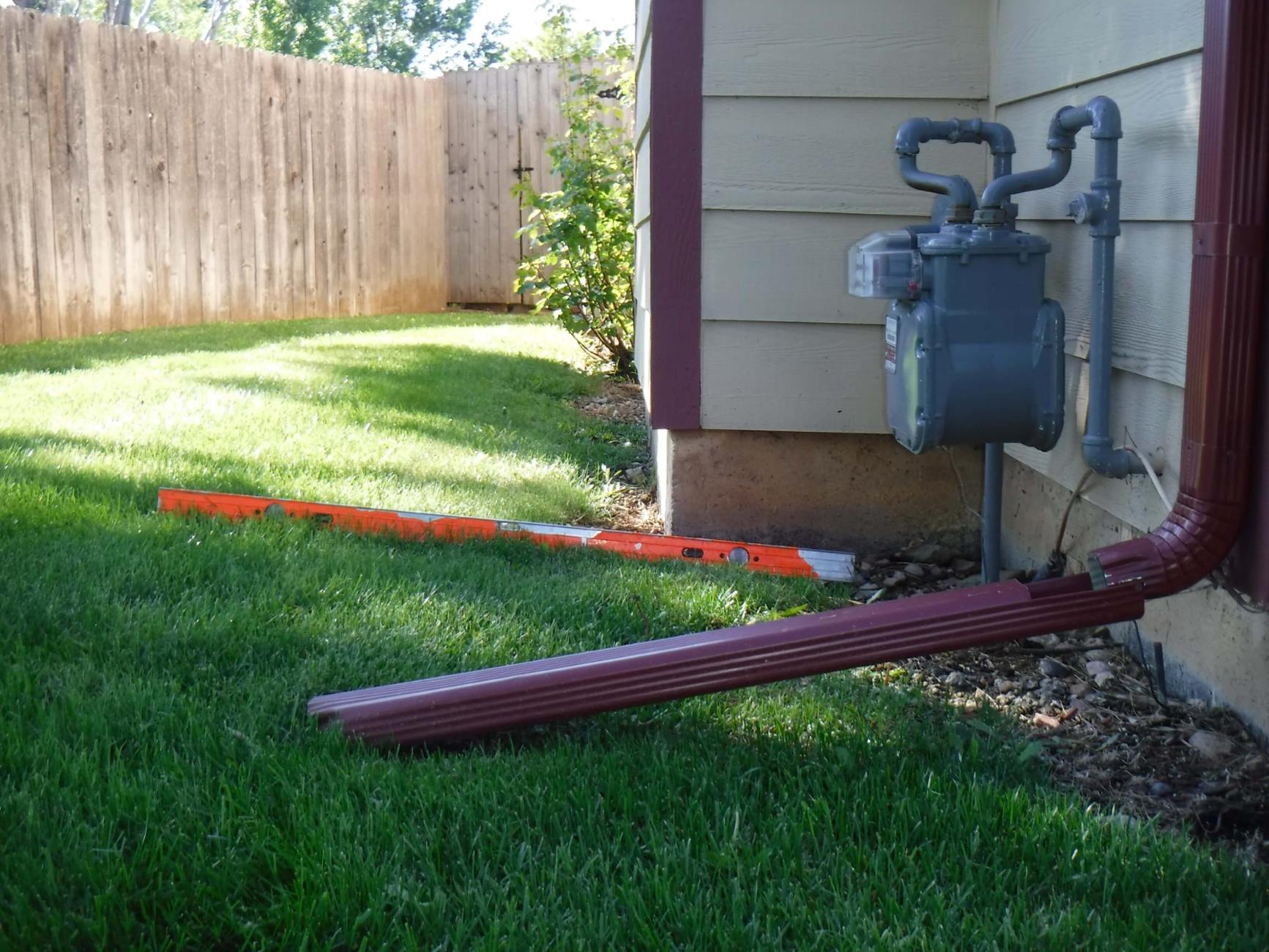
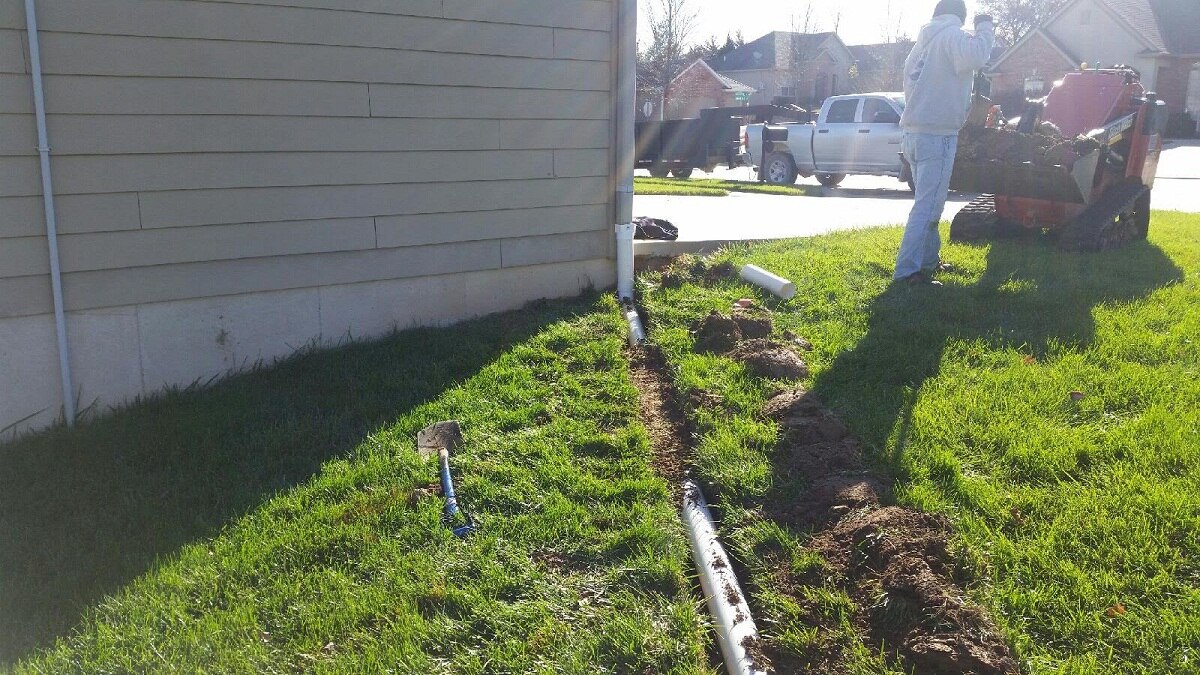
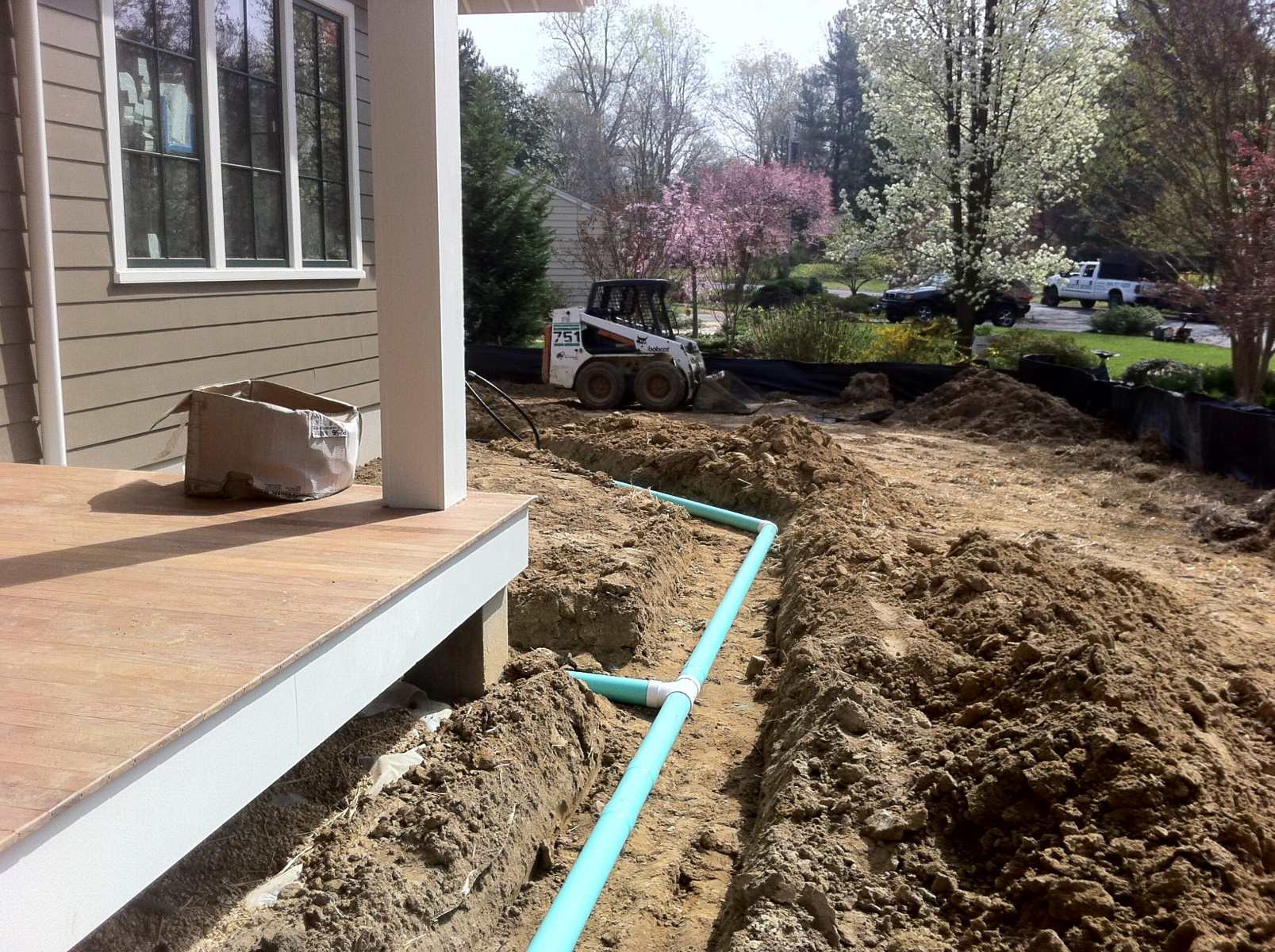
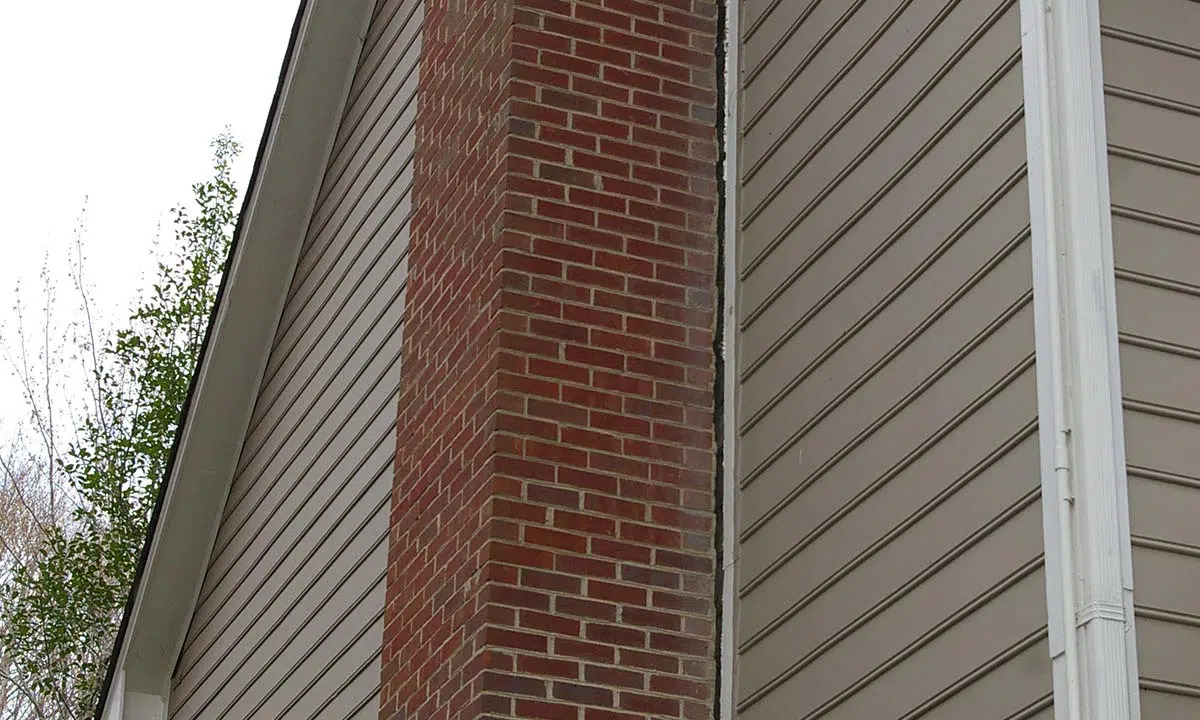


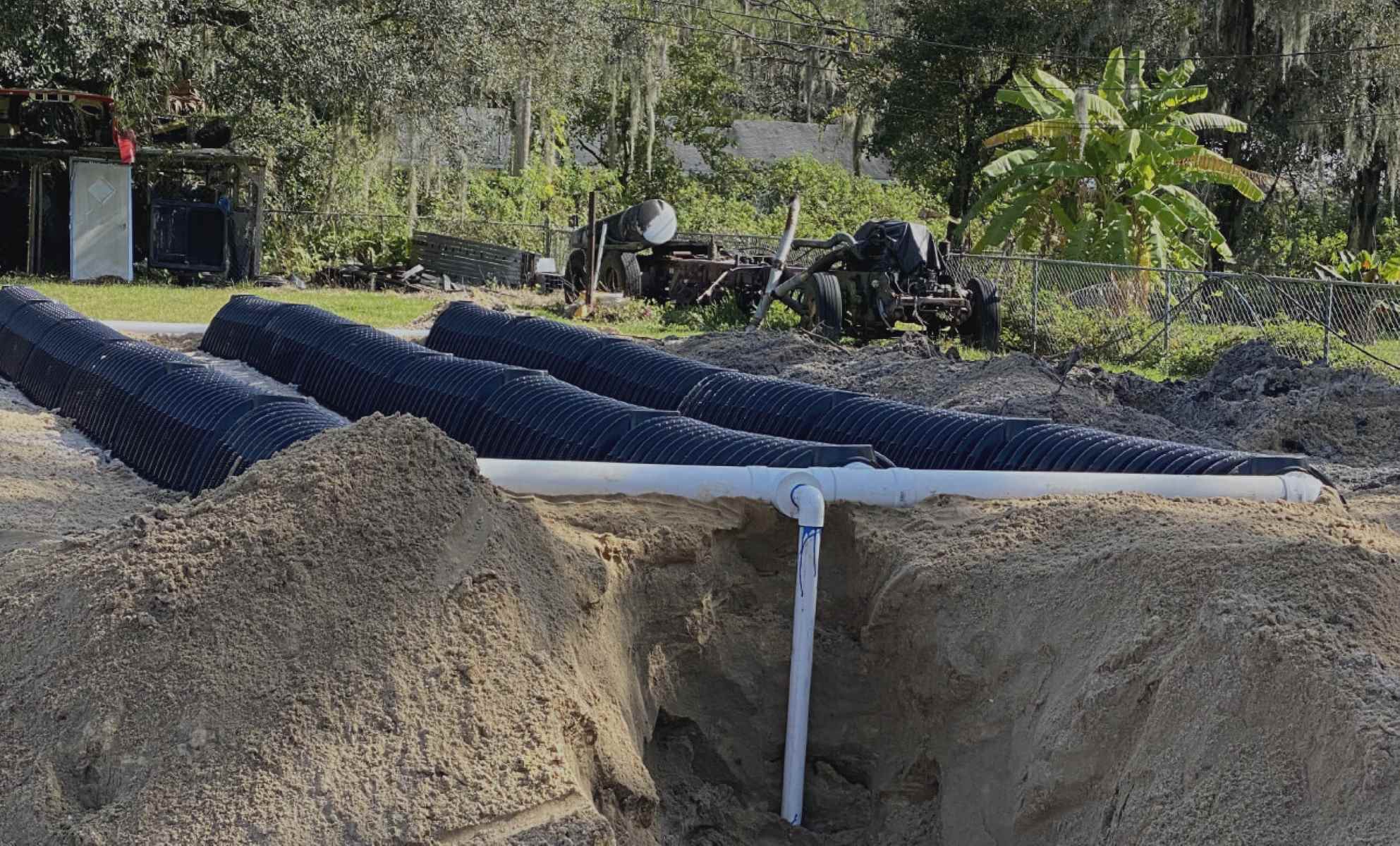
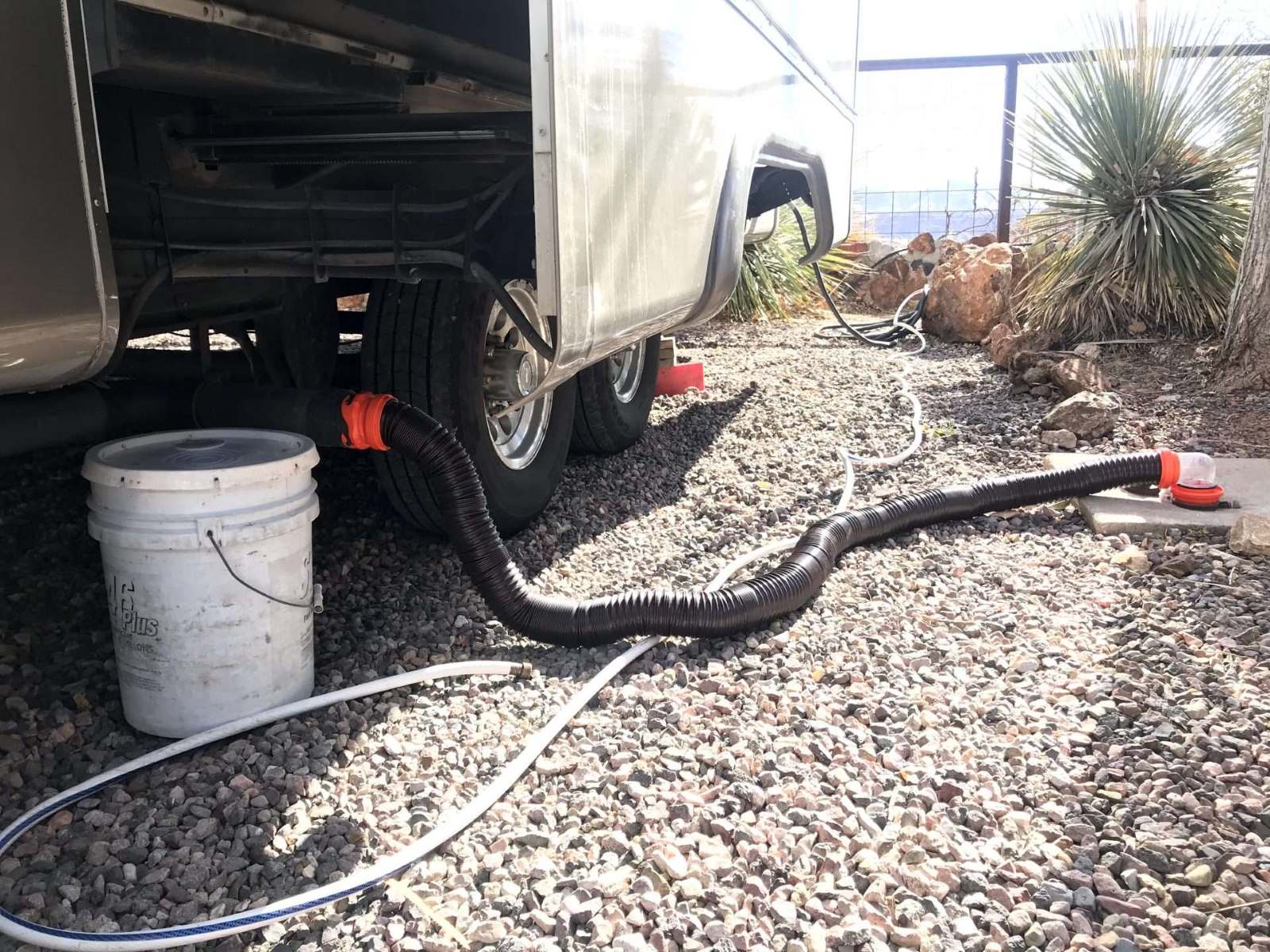
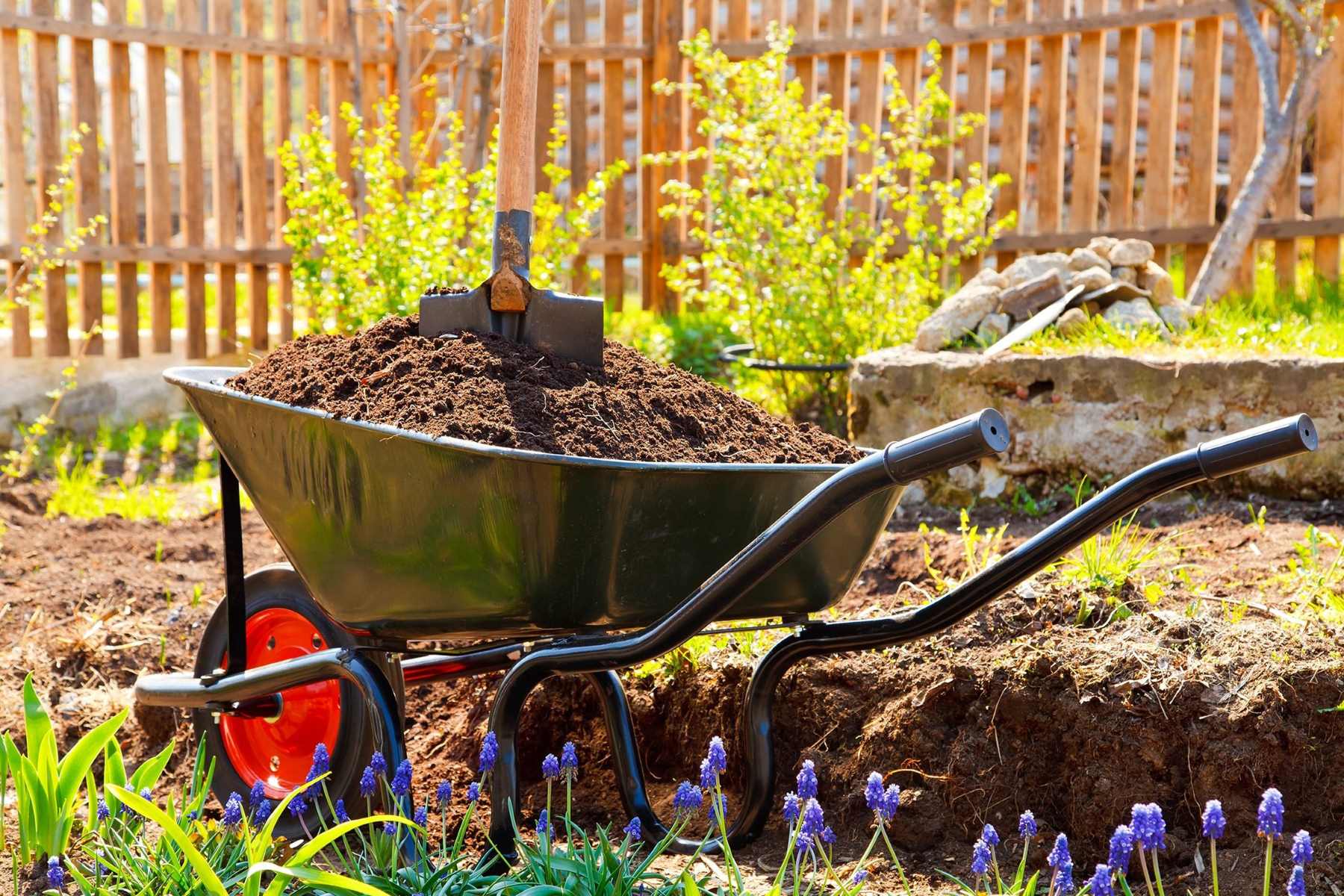
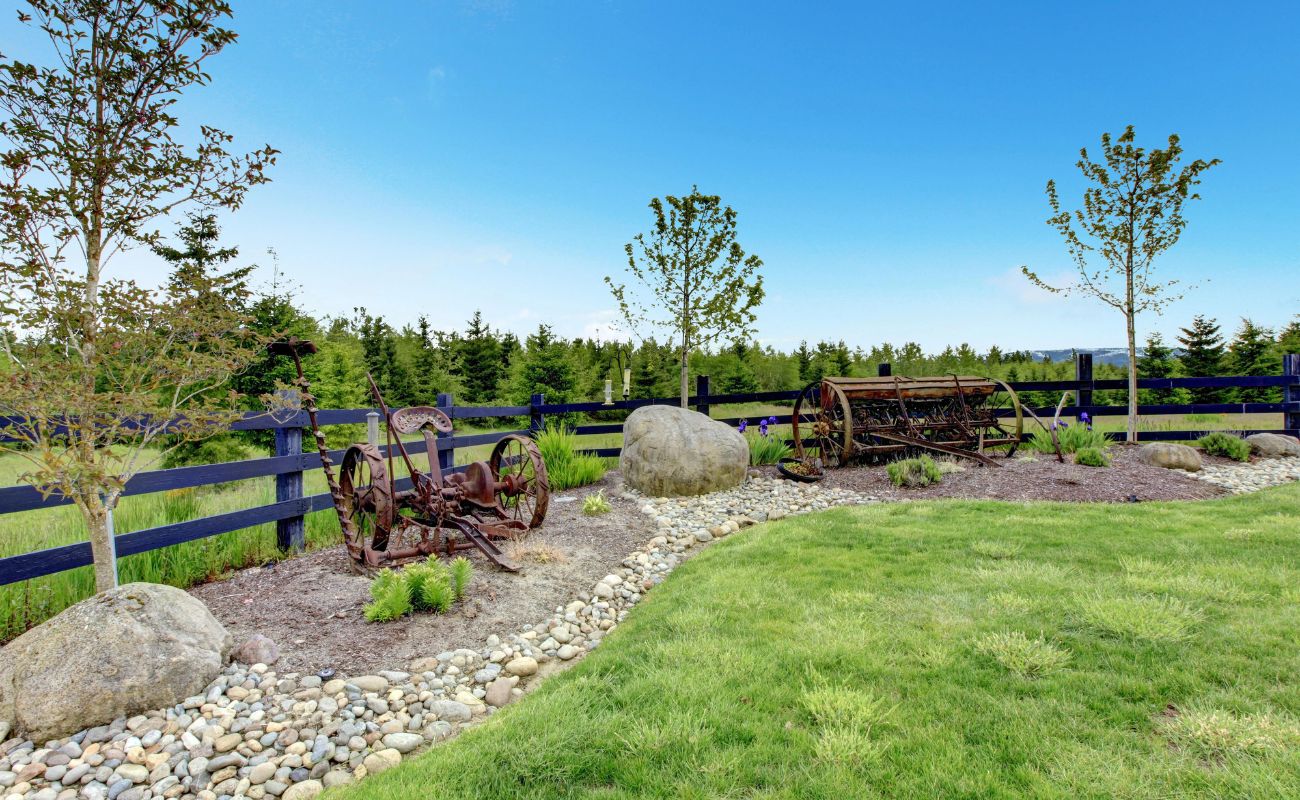
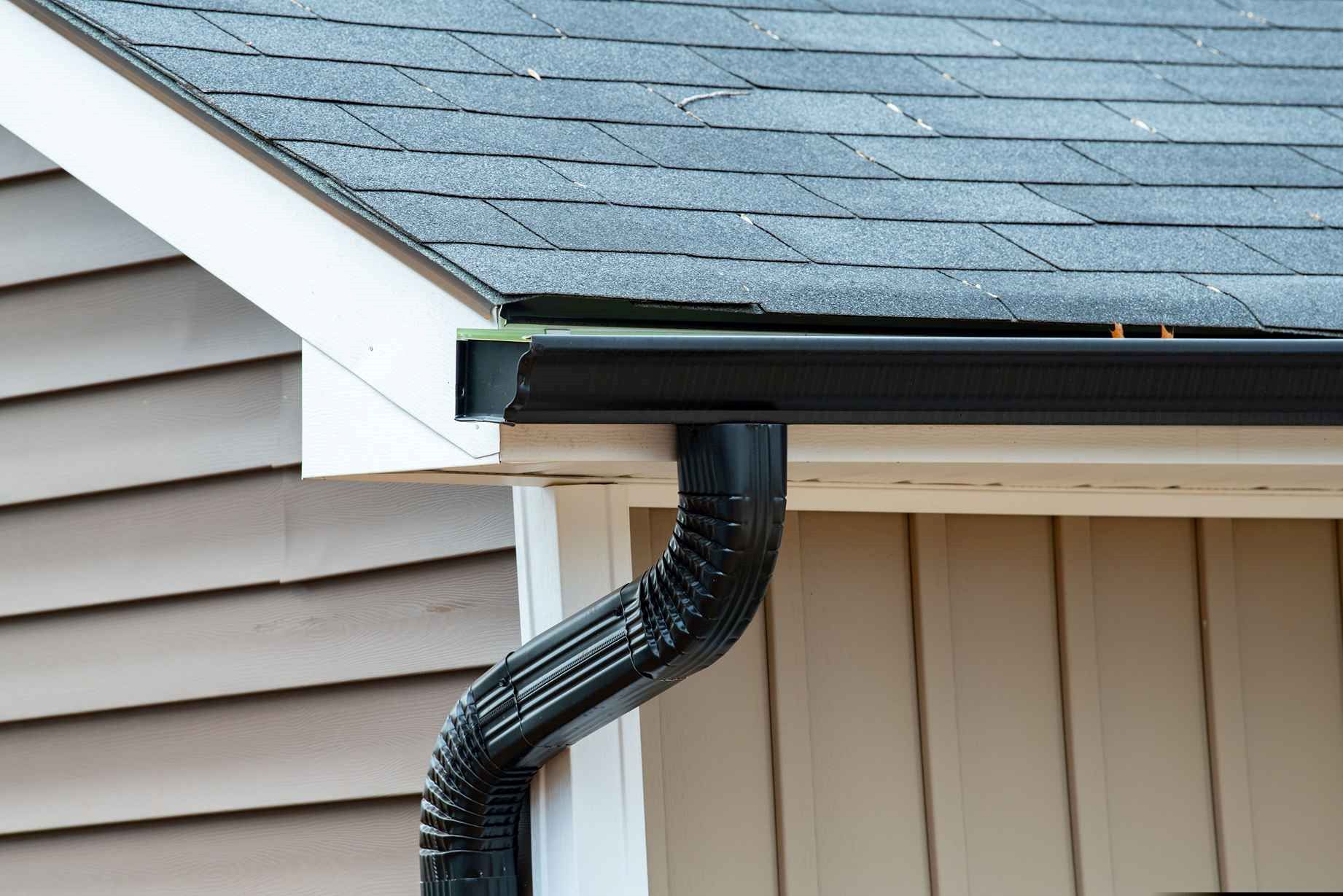

0 thoughts on “How Far Away To Site Dry Creek Drainage From The House”